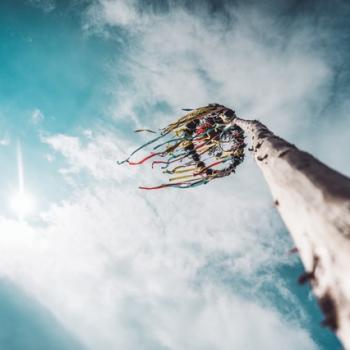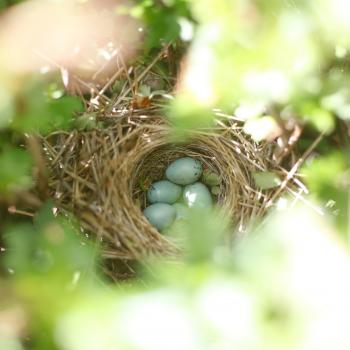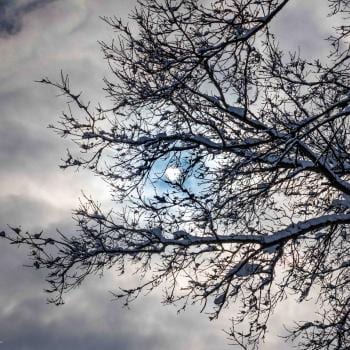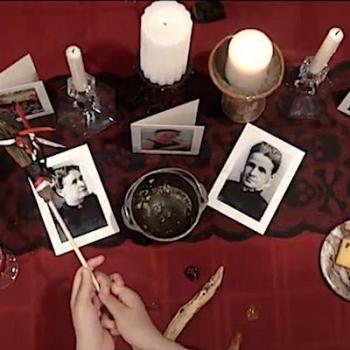As my congregation continues work to oppose the Pilgrim Pipelines project in New York and New Jersey, I have been reflecting lately on the importance of water. When the Water Protectors of the Standing Rock Sioux and their allies set up their camp opposing the Dakota Access Pipeline, those of us who were watching and supporting them learned the Sioux phrase Mni Wiconi, Water is Life.
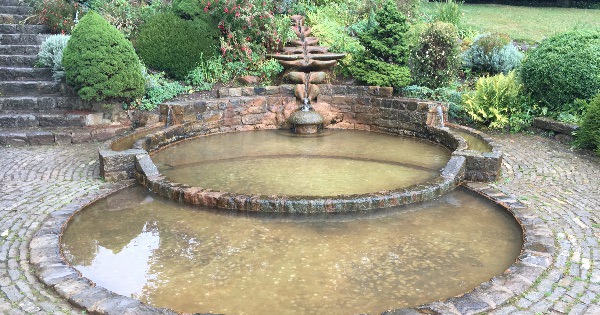
Here on planet earth, it is true. Water is Life. Life on earth was born in the waters of the primordial sea. All of life on earth traces back eventually to these very first living things, and to the ocean that brought them forth.
Our watery beginnings touch us still, all of us in the family of life on earth. We have yet to discover a single species of life on earth that can survive without water. Some need salt water, and some fresh. Some prefer warmer water, others prefer colder. Some thrive in or near still water, and some prefer water in constant motion. But every living species requires water in some form.
We human beings require water to drink in order to survive, and no wonder, for our bodies are more than half water themselves. We require water in other ways, too, for cooking and washing.
And for other needs, less concrete but no less real. For many people, waters of various kinds are soothing of sore hearts and quieting of anxious minds. Water can bring us to peace and calm, or to the contemplation of our place as small pieces of something much vaster, as when we stare out to sea. Water can also be used to bring us to a more playful place, swimming and splashing.
Human cultures throughout history have relied on water for drinking, for cooking, for washing, for trading, for traveling, for nourishing bodies, minds, hearts, and souls. For human life on all levels water is absolutely vital. We can have neither basic survival nor meaningful life without it. Water is life.
In the face of harm to our own bodies and spirits and to the health and wholeness of other life on earth and the earth itself, our first responsibility, I believe, is an emotional one. Our first responsibility is to see this truth and face it head on. To be present to the emotional impact of the ways that human misuse of water hurts ourselves, other people, and the planet.
The Standing Rock Sioux and the Ramapough Lenape call our attention to the water, and to the full impact of all that threatens it. Stories about the water quality crisis in Flint, Michgan, which became national news in 2015 and the water affordability crisis in Detroit earlier this year remind us of the ways that communities suffer when water is tainted or unaffordable, especially communities that are vulnerable because of class and race injustices.
It is important to be present to the emotional impacts of these stories. Looking at them clearly and not turning away is the first step toward restoring the health and wholeness of our waters and the communities who rely on them.
Our second responsibility is to work against continued harm to our waters, and continuing commodification of them, and to repair the damage done by past harm to our waters. When we stand against the ways that water is polluted or commercialized, we can succeed in protecting the importance of water in our lives and communities.
Local successes where I live in Kingston, NY on the Hudson River include opposition to a water bottling plant using the Kingston reservoir and opposition to new oil barge anchorages on the Hudson River. These stories show that it is possible to protect our waters when we speak out together.
This work continues, of course, from opposition to local projects that threaten water, such as the Pilgrim Pipelines proposal which would put a pipeline literally in my congregation’s backyard, to bigger, more national-scale projects. The work of protecting our waters from further harm and repairing the harm already done is ongoing and vitally important.
Our final responsibility, I believe, is to be part of telling a story about the place of water in human life and the life of the planet that restores our waters to their place as sacred to human community and for its place in health and wholeness for our larger family of life on earth.
This is not a new story. It is an ancient story. Human communities have named the waters they live beside and water itself as sacred for thousands of years. As human beings, this is not something we need to discover. It is something we need to remember. If we do not respect the waters that sustain us, our life becomes unsustainable.
We need to tell that story to each other and to the world. We need fables and myths that reaffirm the place of water in our lives. We need facts and statistics about the importance of water to our health and wellbeing. We need rituals and celebrations that remind us to honor the waters that give us life. We need to create this story together, because this is the story that sustains long-term action for the health of our waters. This is how it becomes unacceptable to harm the purity and life-giving power of the waters on which we rely.
To tell this story well, it helps to have a deep personal connection to some body of water. We can speak more passionately if we can speak from our own experience of waters that are special and sacred to us personally. What are the waters that matter deeply to you? Is it a lake you grew up swimming in, or a river you’ve fished? Is it the ocean in all its majesty and power? Is it a small creek in your own neighborhood? Is it the Hudson river, beautiful enough to inspire a whole school of painting? Is it a particularly spectacular waterfall to which you return again and again? What are the waters that nourish your spirit? What do they give you? How are they important to you?
Tell that story, to yourself, to your friends, to your community, and to others.
When we all tell the stories of how water matters to us, we create a community that protects water. Water is life. Without it, we cannot long survive, physically, emotionally, and spiritually. Water is life, so let us do all we can to protect our waters.




